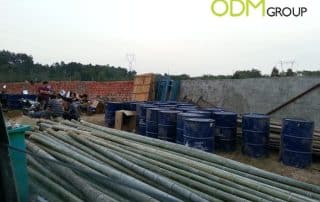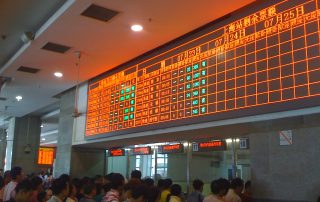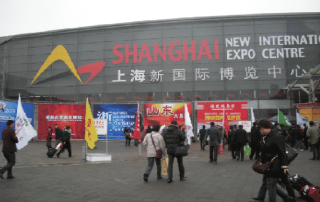
China Heatwave
Parts of China are currently experiencing record high temperatures with Shanghai alone experiencing its hottest July in 140 years. A national emergency level-two heat alert has been issued for nine provinces. Temperatures in Shanghai surpassed 39 degrees Celsius on Wednesday which was the 9th straight day for temperature above 38 degrees.
The Shanghai Meteorological center made it the hottest month since records began due to the fact that in July there was 25 days over 35 degrees. Shanghai has also seen 10 deaths due to people suffering from heatstroke.
The heatwave is so major that it was featured on Wednesday the 31st July in the BBC article “Shanghai issues heat alert as ‘hottest July’ hits”.
China Heatwave – Problems for Industry
What is breaking news for the world is old news for people living in affected areas. The intense heat has had profound effects on daily life, not least an effect on industry that has seen a decrease in output. Some factories have had no option but to shut for days when temperatures get unbearable. Even when conditions are workable the capacity has been lowered due to government restrictions on power supplies in the countryside where many hubs of industry are found. Check out our blog on other manufacturing problems.
In Xiaoshan, Zhejiang province, the mercury hit 42.2 C on Tuesday, a historic high. Many factories that ODM works with are found in Zhejiang province. Problems with rates of production are understandable as working conditions can be simply inhumane due to the scorching heat if factories do not make changes. Many factories are now:
- Switching more production to night time
- Improving ventilation & air conditioning
- Reducing working hours and increasing break times
On a macro level, preventative measures have been tried but with minimal success, such as firing cloud seeding rockets up into the sky in order to chemically stimulate precipitation conditions. However the outlook in general is not good with satellite images predicting the hot weather to continue until at least mid-august.
With power shortages a common occurrence in the summers, this summer may just stand out for industry for this reason.




